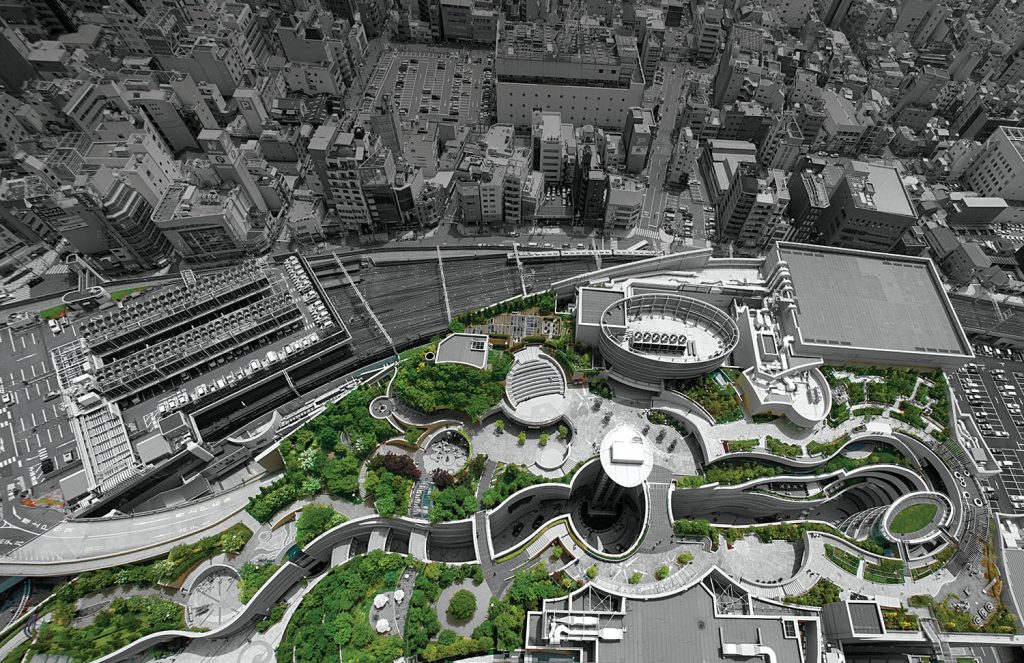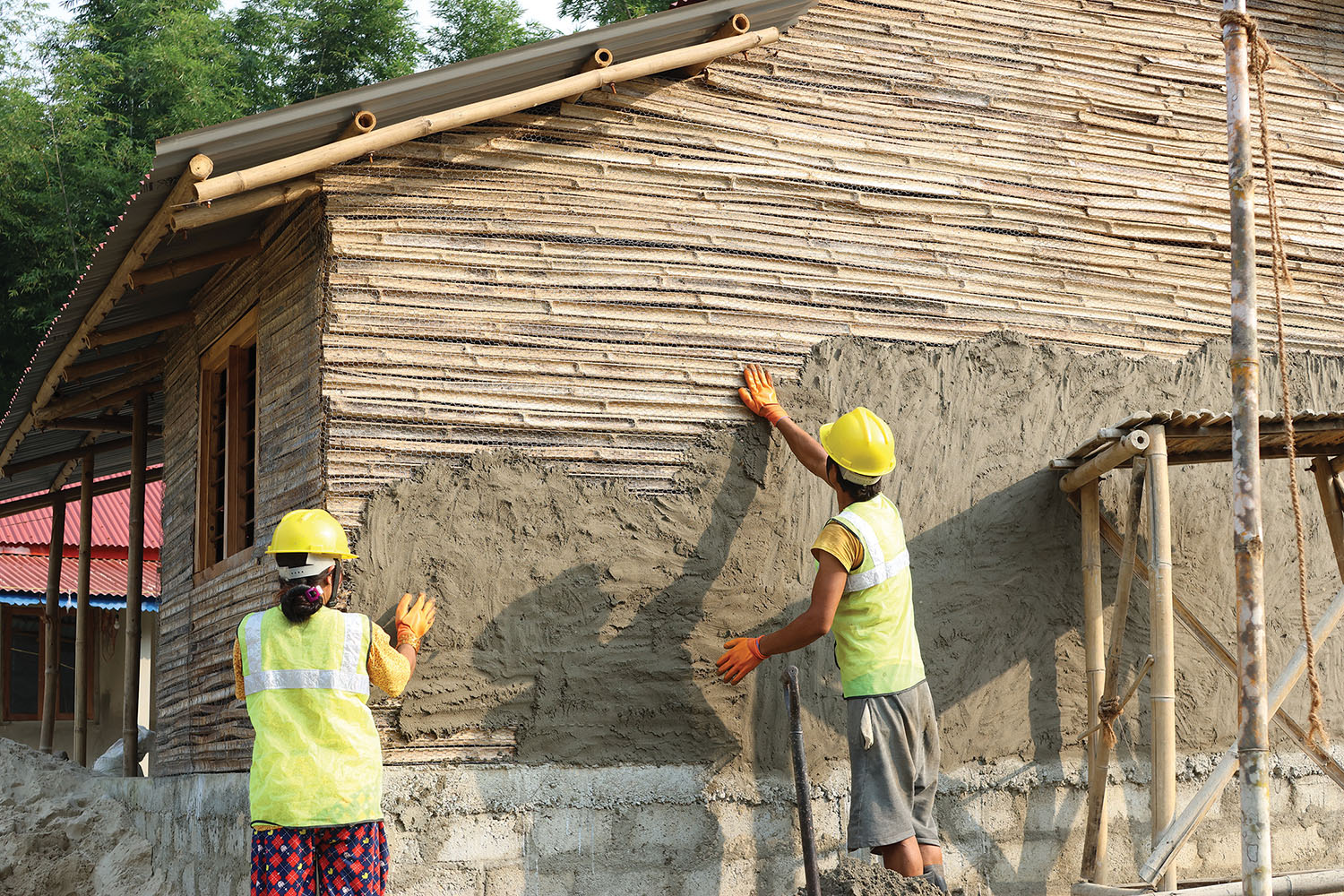Reinventing the mall
January 3, 2016
THE RETAIL LANDSCAPE
Today, shopping malls have a few reasons to reinvent themselves to reflect a more sustainable retail market and how shoppers truly want to shop. For one, retail centres are one of the largest industries in the world and with it, one of the most costly. Considered venues for consumption, they cost upwards of millions of dollars to develop and consume more than their fair share of resources. They also typically feed into our desire for wanted goods rather than needs. Resembling more like small cities, retail centres can also play a major role in improving the quality of life in an urban centre. Often integrated with residential properties; public transportation; businesses; dining; entertainment; parks or cultural activities, retail centres can be an escape from harsh climates, add convenience to our daily lives or warrant a sense of community. They also provide jobs and grant people new lifestyles. Thus, while GDP and consumerism are on the rise in Asia, the Green shopping mall may not only serve as drivers to local economies but also as anchor developments in the increasingly urbanised communities. However, what makes a Green mall different and what does it really mean when we define a mall as Green? Some developers define Green as the act of ticking boxes with, for instance, high-performing façades, solar panels, a green roof, etc. Others go beyond this and become catalysts for social and environmental change, bringing in nature and the community element, and embracing features not always found on a certification checklist.
PEOPLE, CULTURE AND RECREATION: NAMBA PARKS
Similar to the more traditional town markets, more transient, local and community-based shopping experiences are making a comeback in urban centres. However, many retail developers decide not to enter these markets as they generally focus on smaller groups of customers. Nevertheless, as Namba Parks indicates, it is still possible to develop shopping centres that attract a larger number of shoppers but still promote a more community-based and humanistic experience through shopping.
Located adjacent to the Namba Train Station in Osaka, Japan, on the existing site of the former Nankai Stadium, Namba Parks was not just developed as a commercial centre but also as a park with a series of natural landscapes to discover.
To read the complete article, get your hardcopy at our online shop/newsstands/major bookstores; subscribe to FuturArc or download the FuturArc App to read the issues.
Previously Published Main Feature
Contact us at https://www.futurarc.com/contact-us for older commentaries.



